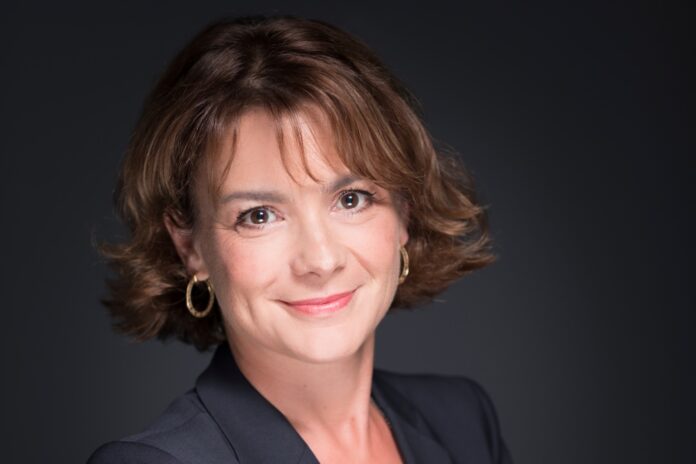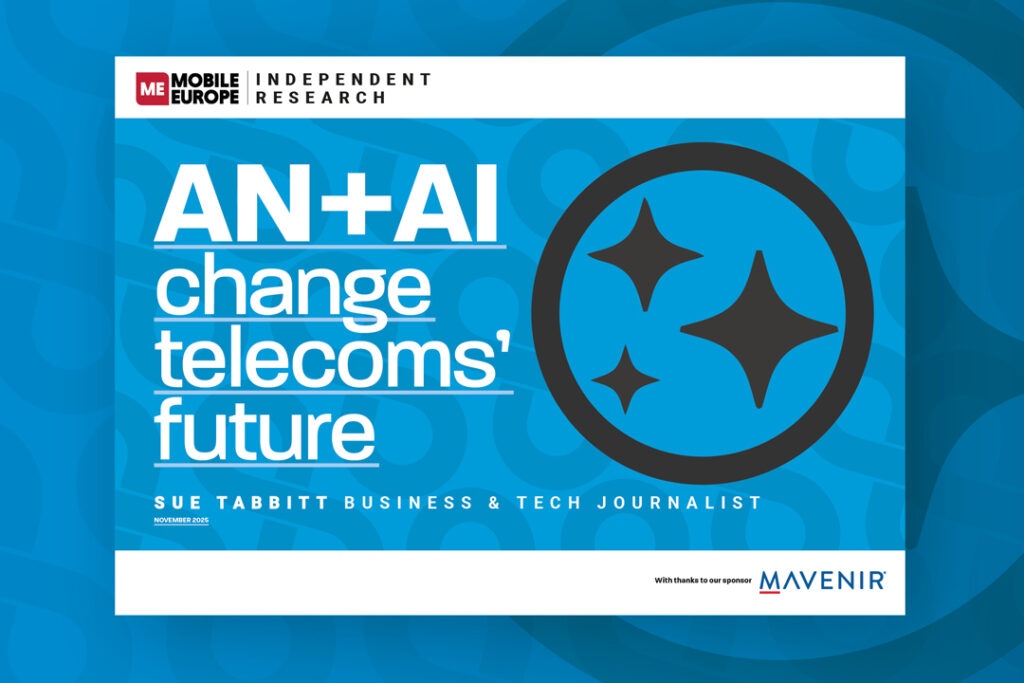Mari-Noëlle Jégo-Laveissière, Deputy CEO Europe at Orange, talks to Annie Turner about her local and group priorities, converged networks, cloud strategy, AI and more.
Mari-Noëlle Jégo-Laveissière assumed her current role on 1 September 2020. She is responsible for the group’s European operational activities outside France – Belgium, Luxembourg, Moldova, Poland, Romania, Slovakia and Spain – with particular emphasis on the roll-out of 5G and fibre.
She has had a long and illustrious career at Orange, joining what was then called France Télécom in 1996.
She says that for Orange the Covid-19 pandemic hasn’t given rise to new or different trends across Europe so much as accelerated the execution of the Engage 2025 strategy, announced in December 2019. However, she agrees it has underlined just how critical home communications are to everyone.
She acknowledges, “It is the way you are connected to your entire life,” adding, “We are convinced that converged infrastructure – mobile and fixed, by which we primarily mean fibre – is the right strategy everywhere we operate… That will bring growth, and help us monetise 5G and fibre, although the answer might be different in various geographies.”
RAN sharing for efficiency
Orange is looking at various models to achieve this in the most efficient way and RAN sharing is a well-established practice: as we reported last December, it has been a strand of the French incumbent’s group strategy since 2011. Globally, 51% of its mobile sites are shared, which rises to 74% in Europe outside France.
In January 2020, Orange stated it could potentially save €1 billion a year in combined CapEx and OpEx, and since December 2019 it has agreements in place in Belgium with Proximus, and since 2006 in Spain with Vodafone.
In 2019, the RAN sharing agreement with Vodafone was expanded, along with its fixed FTTH infrastructure arrangements, which were extended to new geographic areas through new wholesale access or co-investment agreements.
This new wholesale agreement will enable Vodafone to offer its fibre and convergent services to 1 million additional households over Orange’s network. The two will also have access to each other’s future fixed broadband deployments.
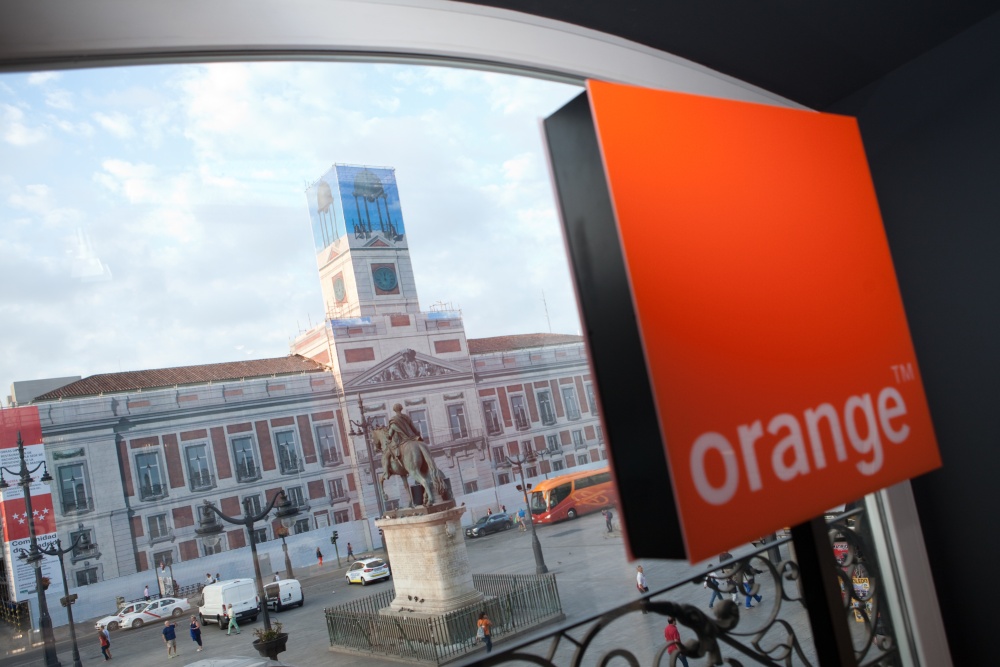
Tower tenants
It is a strange situation when across Europe especially so many operators feel that the only way to get the full value from their considerable passive assets – towers – is to put them into a separate unit and in some cases, Telefonica being the most notable example, sell them off and lease back space on them or in Vodafone’s case, sell a stake in the towerco.
In February, Orange announced its plans for the formation of the towerco promised in Engage 2025, which will be called TOTEM.
The plan is to become a leading European neutral host player, starting with its tower estate in France and Spain (a total of about 25,000 macro sites), then, as Jégo-Laveissière explains, “In phase two, we will be looking at our other operating companies and taking a deep dive into the opportunities, country by country.”
She comments, “There are different ways of looking at the towerco trend. The value the market gives to the assets are very low: when they are within the organisational structure, they are seen as a cost. Now [as towercos] they have tremendous value and some operators have sold them, but that is not so in our case.
“We want to highlight these assets are part of our group and we need to make sure when entering this new business model that we keep control [of them]. We will have standalone management [for the new towerco] so we can better optimise them, to sell and share capacity.” Orange said when it announced TOTEM that the aim was to increase tenancy across France and Spain to 1.5x by 2026, up from 1.3x in 2020.
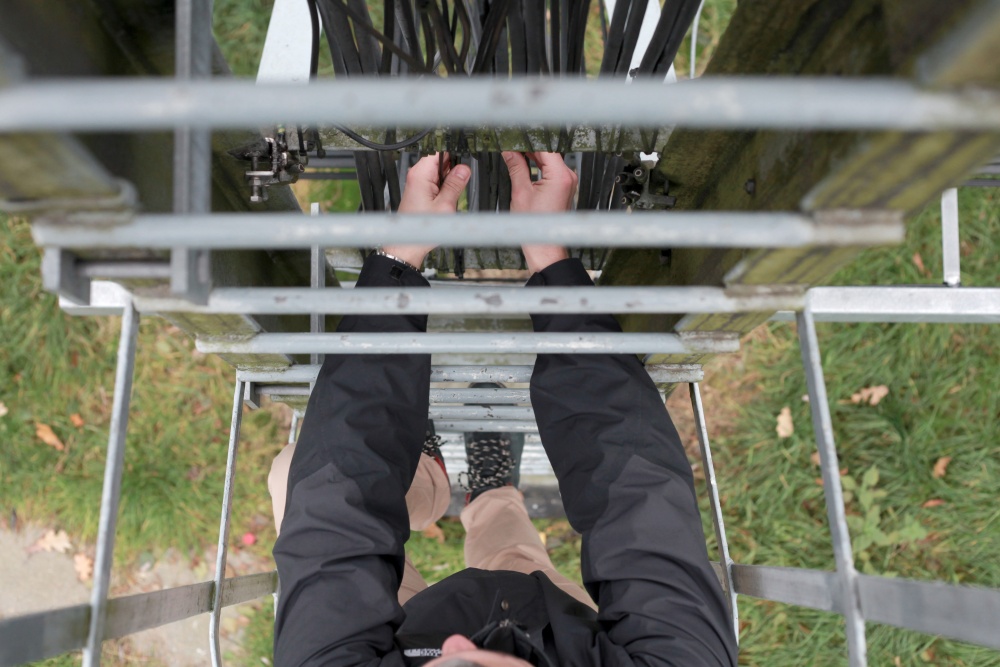
Balancing local and global
In common with other large operator groups in Europe, there is a tension for Orange between needing to understand and work with each local market, but at the same time leverage the scale and capabilities of the group.
Jégo-Laveissière says she sees this as more about balance than tension, as not all country markets “have the same equilibrium”. She continues, “Since I arrived [in my current role] I have been working on that global value based on the vision of our European programme.
“The question is how we can do more and differently by leveraging the seven pillars of our European companies [outside France]? We need to mutualise, to standardise, to work in the same way in the different countries. We won’t have a global CRM somewhere for data because it doesn’t make sense – that will stay in the country or else it would take years.
“What we can do is work in exactly the same way, with the same set-up so we can take an algorithm and deploy it in another country very quickly. This is what I call standardisation, with just different notation.”
Transformation plan for Europe
So this is the transformation plan for Europe and she says this European plan has four priorities, starting with new infrastructure and operating models, such as the RAN and fibre sharing already mentioned, and working on how to prepare the network for 2025.
She explains, “We are already mutualising a lot when it comes to network supervision, but we will do more and more. When we have the full 5G commercial network there will be many things we can do… In some geographies we are small in fixed [connectivity], but we have a really big opportunity to grow in Belgium and Slovakia, for instance.”
The next priority is delivering converged infrastructure that supports multi-service offers. She says, “This is more about the top line and there are many things we are still deciding. We need to work on TV, for example, standardise on the gateways and set-top boxes and the platform. We will keep moving in that direction because it brings the scale up.”
For example, she points out that the group is in the best position to put out a single RFP to source the set-top box for use across the European opcos, which brings the benefits of scale and secures stock for them too.
Regarding TV, Jégo-Laveissière acknowledges, “We need also to work on the content faster. In some countries we distribute the same content, but different content in others.”
Services for B2B and B2B2C
Orange sees the business-to-business (B2B) sector as a major driver of growth. Jégo-Laveissière notes that the company has a good start in IT, but says, “We need to move forward and we can learn from one another. For example, Poland is doing some really good stuff, as well as some other countries, and 5G is coming and we are convinced that Orange will have potential new markets.”
Regarding 5G, from the start Orange has said its greatest priority is working with enterprises to provide much more than just connectivity and it is well-placed to do so. It has been building IT and integration capabilities for years, and they are a main plank in Engage 2025.
Jégo-Laveissière’s colleague, Helmut Resigner, CEO of Orange Business Services, put it very neatly in an interview when he said, “We are a network-native digital service company.”
As so many people have been forced by the pandemic to work from home – and most seem unlikely to go back to being in offices full-time even when they have the option – there is a need for services to support both employers and remote employees, such as security, and guaranteed, reliable connections for SMEs and large enterprises alike, says Jégo-Laveissière.
Unsurprisingly then, the final priority, the development of digitalisation, has been accelerated by the crisis. For example, she feels Orange has made some big strides in e-care for customers, such as in Poland, where a bot called Max has been very successful. In particular, it turns out Max is very efficient when used to contact people who are late paying their bills, as many customers find a nudge from a bot to be less embarrassing than a prompt by a human.
Jégo-Laveissière says that Orange now needs to put effort into moving sales forward across various channels, having suffered a drop in sales as a result of having to close stores during lockdowns across the continent. She is mindful that especial attention must be paid to logistics and customer experience, “So our relationships with customers are as efficient online as they are physically.”
Data and AI
Better use of data and AI are core to Engage 2025 and to this end Orange signed a deal with Google Cloud last July. Jégo-Laveissière says, “We are implementing it now and are nearly done on both the IT and business side. We need to move to a hybrid cloud operational strategy, and we’re doing that via Google Cloud and using its tools to accelerate our goals on the technical path, plus marketing and customer experience.”
Regarding containerisation, she explains, “We are trying to work with different countries on their hybrid cloud strategy, [but] they have heterogenous levels: Spain is quite advanced in this, but for others it is different. We need to ensure that we can progressively simplify and stick to the TM Forum requirements.”
Jégo-Laveissière is referring to the Forum’s Open Digital Framework and suite of Open APIs. Orange has long been a contributor to these standards, seeing the value in leveraging a common approach, architecture and APIs to benefit from economies of scale, reduced costs, faster, simpler integration, quicker time to market and greater operational agility.
She acknowledges, “Yes, we have legacies, so it’s a question of whether it makes sense to rewrite or not, but [ultimately the cloud] will give the group a lot of agility and opportunities, and we need to deal with it… It’s another block for me, it’s not an objective by itself… But we need to be sure that on the technical path, but also when it comes to the marketing and the customer relationship, that employees or competencies realise how they can work differently… You’re talking about being able to leverage the economies of scale of competencies.”
So these are the group priorities and approaches, but surely they will meet will serious resistance within some countries? Jégo-Laveissière concedes that it is never easy to be told how to work, but says, “It is a case of sharing rather than telling. We organise efforts between countries and that works very well. We have dedicated use cases then we develop a solution, so we don’t issue guidance, but provide solutions that work. We take a very pragmatic approach. It’s important to have the same way of measuring things as well as the same way of leveraging them. Then you can start talking and building.”
Also, Jégo-Laveissière says there is a pan-European human resources programme in place to identify talent and promote those employees’ mobility across countries.
Virtualisation and automation
Virtualisation has proved something of a challenge for operators the world over, with network functions virtualisation not delivering on its promises, although it did teach many valuable, if expensive, lessons.
Jégo-Laveissière says, “As soon as we need to change something, from one generation to another, we move to virtualisation. This is not just about the technology elements, but about how you run a network or platform.”
On this note, she points to Open RAN, saying, “We are pushing it and need to have more open equipment now. Even if it does not please all the vendors, we are asking them to move forward, because we need more vendors in the ecosystem. It is the way to progress automation.”
She acknowledges there are lot of uncertainties still around Open RAN, but explains, “We are starting to have the technology in the labs to make sure we can deal with it before we move to field operations. We are in discussion with many vendors thanks to 5G launches.”
She expects to see Open RAN deployments in about three years’ time and says that in the interim the group is accelerating work on the 5G core network. It is testing where different solutions will be needed and she thinks it will be issuing RFPs in late 2021 or early 2022, depending on individual country’s circumstances.
She adds, “For me, AI is a way of doing things differently or for optimisation… and can be used everywhere. For instance, for quality of service on the mobile networks, which have many ‘false’ alarms and a key element here is testing whether it is a true alarm and if we could reduce the false alarms to one out of two, or one out of 10 or 50 or 100, then just do a deep dive on those that matter.”
As Jégo-Laveissière says, the emphasis increasingly will be on predicting and preventing trouble before it happens, and avoiding any impact on customers: “AI can be for everything, but you have to go step by step. We need expertise in AI and networks to focus in on the issues where they add [most] value.”
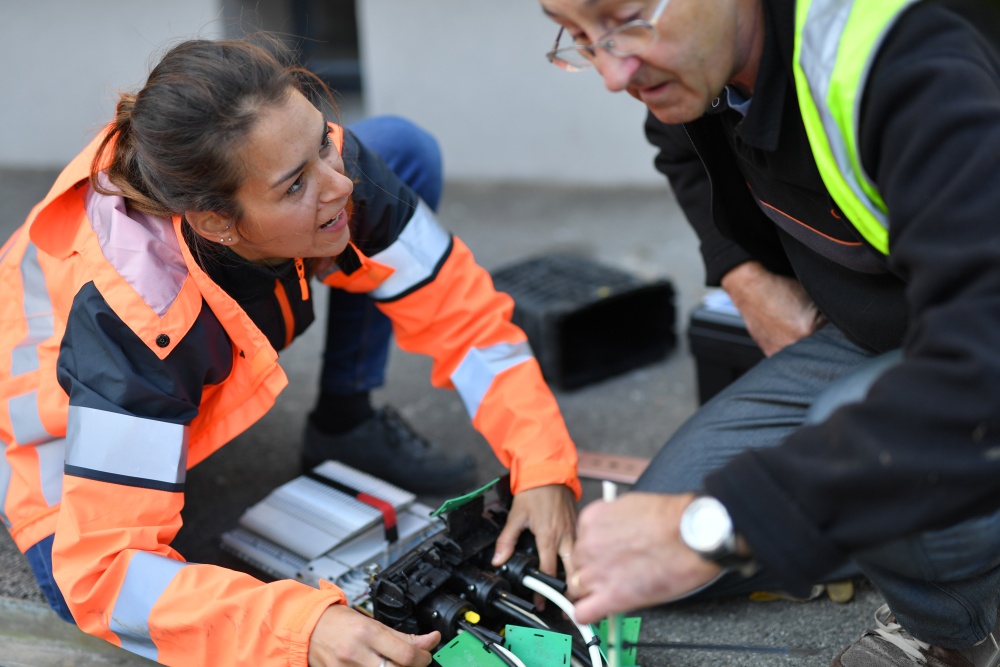
All pictures courtesy of Orange.
This article first appeared in the Q1 2021 edition of Mobile Europe & European Communications magazine, which you can download from here.


